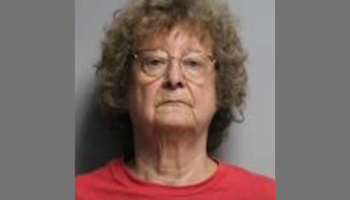
Source: nford / Radio One
A new $25 million plan is targeted at acquiring and preserving affordable housing in the Linden area while paying for business loans and health services in a neighborhood that has struggled for years.
“It sounds like a lot of money. But when it comes to the needs of the neighborhood, it really isn’t,” said Lawrence Calloway, who leads the South Linden Area Commission.
“It’s what you do with it,” Calloway said, “we have to start somewhere.”
The 614 for Linden was introduced to the city by local officials Monday at St. Stephen’s Community House in Linden. The money is to address four of the big 10 ideas that came out of the One Linden community plan, including affordable housing. The list of 10 ideas was created last year.
The money will be used to acquire and rehabilitate about 500 affordable housing units, as well as, build new homes. It also will pay for housing 200 individuals and families who are either homeless or at risk to become homeless.
The funds will also be allocated to pay for consulting services and loans to small businesses and entrepreneurs, health services, as well as access to healthy food.
The six nonprofits involved in The 614 for Linden are St. Stephen’s Community House, Community Development for All People, Healthy Neighborhoods Healthy Families, the Affordable Housing Alliance of Central Ohio, the Community Shelter Board and Nationwide Children’s Hospital.
Angela Mingo, who works for Nationwide, said the dollars are being used essentially as seed money to leverage more money for Linden.
According to the One Linden plan, home ownership in Linden declined from 63% in 1980 to 37% in 2015. Meanwhile, the percentage of families living in poverty, according to federal standards, increased from 31% in 1990 to 43% in 2015.
Alison Goebel is the executive director of the Greater Ohio Policy Center and she will be in charge of monitoring The 614 for Linden effort. Ensuring it achieves what it is setting out to do.
“It’s one thing to check boxes. It’s another to transform a neighborhood,” Goebel said.
Source: The Columbus Dispatch
















